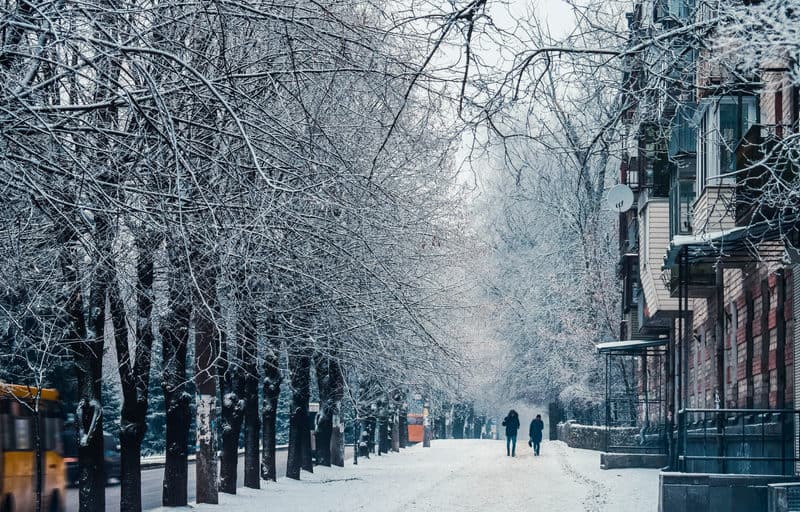November 17, 2020

The Question. What are the effects of absolute humidity on transmission of COVID-19 cases in the United States? Many respiratory viruses that are transmitted through the air by droplets, such as the flu and SARS, are characterized by seasonal fluctuations. The capacity of these viruses to travel and stay in the air is impacted by the moisture in the air. So is COVID-19 like all the rest, or is it an exception?
What We Found. Using data from the Johns Hopkins Center for Systems Science in conjunction with climatological data from NOAA’s National Centers for Environmental Information and cell phone mobility data from Unacast Social Distancing Scorecard, we were able to conduct a statistical analysis to determine the effects of humidity and mobility on COVID-19 cases. We found that humidity effects were more consistent and prevalent in dryer regions of the United States, primarily the West, northern Midwest, and Northeast regions.
Why It Matters. As winter approaches and indoor gatherings are more common, humidity could potentially play a larger role in the transmission of COVID-19. In indoor settings, humidity can pose an issue since ventilation is poorer, resulting in higher risks of transmissions. However, humidity and mobility are just two facets of the multifaceted issue of viral transmission. We need to continue investigating the drivers of COVID-19 transmissions, so better policies are implemented quickly and effectively.
This preprint was published in medRxiv and can be accessed online here.

